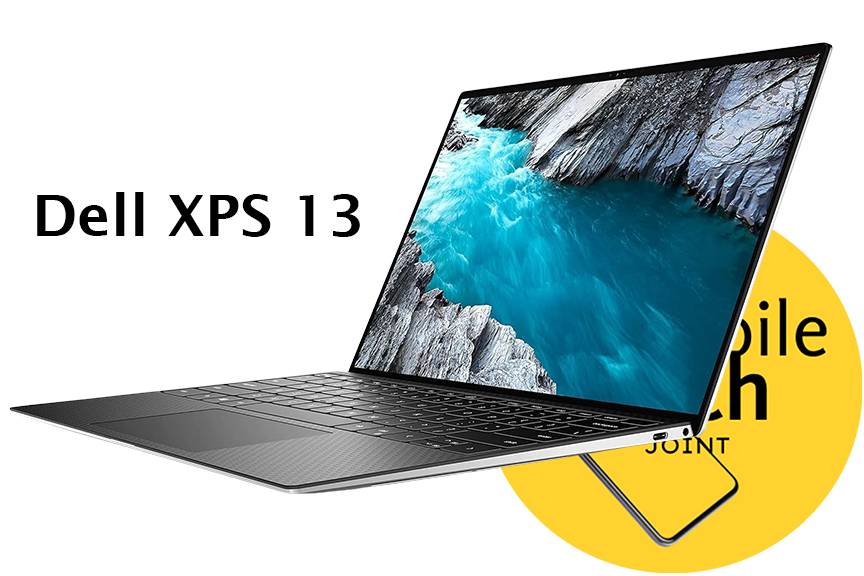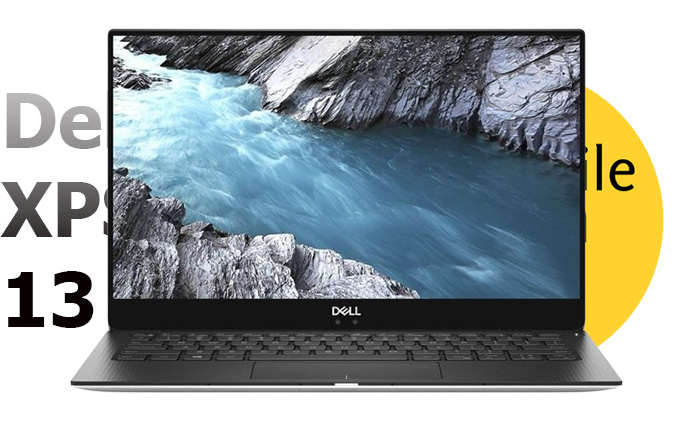The Dell XPS 13 has long been regarded as a benchmark for premium ultraportable laptops. With each new iteration, Dell continues to push the boundaries of design, performance, and innovation.

The latest XPS 13 model is no exception, offering a compelling blend of power, portability, and elegance.
Design and Build Quality
Sleek and Minimalist Aesthetics: The XPS 13 maintains its iconic InfinityEdge display, featuring minimal bezels on all sides for an immersive viewing experience.
The sleek and minimalist design, coupled with premium materials like aluminum and carbon fiber, exudes a sense of sophistication and durability.
Compact and Lightweight: The laptop’s compact footprint and lightweight construction make it ideal for on-the-go professionals.
Whether you’re commuting to work or traveling for business, the XPS 13’s portability ensures that you can stay productive wherever you go.
RELATED: I Tested the New Dell XPS 13: Here’s Why This Snapdragon-Powered Ultrabook Left Me…
Display
High-Resolution and Vibrant Colors: The XPS 13 typically comes equipped with a high-resolution display, offering vibrant colors, deep blacks, and excellent viewing angles.
The display’s quality is a standout feature of the XPS 13, making it suitable for tasks such as photo editing, video editing, and content consumption.
Touchscreen and OLED Options: Options for touchscreen and OLED panels are often available, catering to various preferences and needs.
A touchscreen display can enhance productivity and provide a more intuitive user experience, while an OLED panel offers exceptional contrast and color accuracy for visually demanding tasks.
Performance
Latest Generation Intel Core Processors: The XPS 13 is powered by the latest generation of Intel Core processors, delivering impressive performance for demanding tasks.
Whether you’re running resource-intensive software, multitasking, or enjoying the latest games, the XPS 13 can handle it with ease.
Powerful Graphics Capabilities: The laptop’s powerful graphics capabilities, often featuring integrated Intel Iris Xe graphics or dedicated NVIDIA GeForce options, make it suitable for light gaming, video editing, and other graphics-intensive applications.
Ample RAM and Storage: Ample RAM and storage options ensure smooth multitasking and efficient data handling.
With plenty of RAM, you can keep multiple applications open simultaneously without experiencing performance degradation. The available storage options, including SSDs, provide fast boot times and quick data access.
Connectivity and Ports
Abundant Ports: The XPS 13 typically includes a variety of ports to accommodate different devices and peripherals.
This may include USB-C Thunderbolt 4 ports, USB-A ports, an HDMI port, and a headphone jack. The inclusion of Thunderbolt 4 ports allows for high-speed data transfer, external monitor connectivity, and charging capabilities.
Wireless Connectivity: Wireless connectivity options such as Wi-Fi 6 and Bluetooth ensure seamless connection to other devices.
Wi-Fi 6 provides faster and more reliable internet connectivity, while Bluetooth allows for easy pairing with wireless accessories like headphones and keyboards.
Battery Life
Long-Lasting Endurance: The XPS 13 generally offers excellent battery life, allowing users to work or enjoy multimedia content for extended periods without needing to recharge.
The specific battery life may vary depending on factors like usage patterns, display settings, and performance demands.
Fast Charging: The XPS 13 often supports fast charging technology, allowing you to quickly top up the battery when you’re on the go. This ensures that you can minimize downtime and stay productive.
Conclusion
The Dell XPS 13 continues to set the standard for premium ultraportable laptops. Its sleek design, powerful performance, and high-quality display make it a compelling choice for professionals and consumers alike.
Whether you’re a student, creative professional, or simply someone who values a premium computing experience, the XPS 13 is worth considering.
What are the Differences Between the XPS 13 Model and Previous Generations?
The latest XPS 13 typically offers improvements in processor performance, graphics capabilities, display quality, and battery life compared to previous generations.
Additionally, there may be refinements in design, connectivity options, and other features.
Is the Dell XPS 13 Suitable for Gaming?
While the XPS 13 is not primarily designed as a gaming laptop, it can handle light gaming due to its powerful graphics capabilities.
However, for demanding AAA games, a dedicated gaming laptop with more powerful graphics hardware might be a better option.
How Does the XPS 13 Compare to Other Premium Ultraportable Laptops?
The XPS 13 is generally considered one of the top premium ultraportable laptops on the market. It competes with other high-end models from brands like Apple, HP, and Lenovo.
Factors such as design, performance, display quality, battery life, and price can influence the comparison between these laptops.
ALSO CHECK:
-
Infinix GT Book Gaming Laptop Review: A Budget-Friendly Powerhouse
-
The Best Laptop Deals for July 2024: Top Picks for Every Budget and Need
-
I Tested the New Dell XPS 13: Here’s Why This Snapdragon-Powered Ultrabook Left Me…
-
The ZONKO 2 in 1 Tablet: A Budget Friendly Device with Essential Accessories
